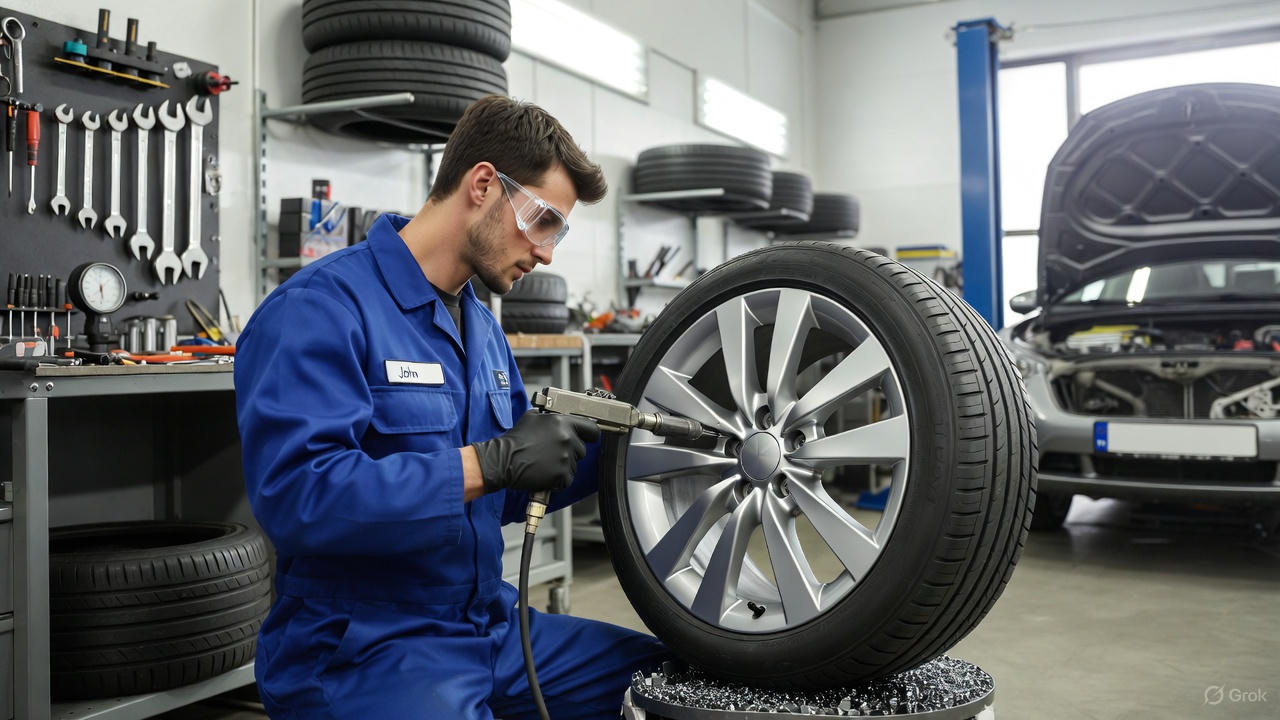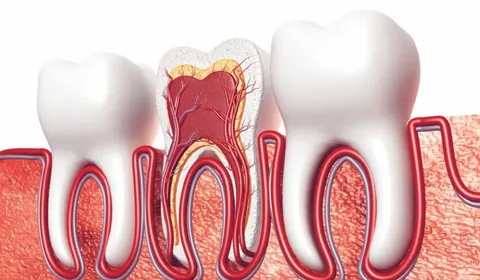
Maintaining your vehicle’s tires is one of the most critical yet often overlooked aspects of car ownership. Tires are the only point of contact between your car and the road, which means their condition directly affects safety, fuel efficiency, handling, and overall performance. Whether you drive daily for work or occasionally for weekend trips, knowing what tire care services you need — and where to get them — can save you money, time, and even prevent accidents.
In this article, we’ll walk you through seven must-have tire services that every driver should consider on a regular basis. We’ll also spotlight a reliable local resource: tire headquarters in chicago heights, where quality meets convenience for all your tire-related needs.
1. Routine Tire Inspection — The First Line of Defense
Before any service is performed, a thorough inspection should be your starting point. Many drivers don’t realize how much wear, pressure loss, or minor damage can accumulate over time — especially with seasonal changes or rough road conditions. A professional technician can spot early signs of tread separation, sidewall bulges, or uneven wear that may not be obvious during casual glances.
Regular inspections help catch problems before they become expensive repairs — or worse, roadside emergencies. Most auto care centers recommend checking your tires at least once a month and before long trips. Don’t wait for the dashboard light to come on; proactive care keeps you ahead of trouble.
2. Tire Balancing and Rotation — Extend Tire Life and Improve Ride Quality
Rotating your tires ensures even wear across all four, which maximizes their lifespan and maintains optimal handling. Front tires typically wear faster due to steering and braking forces, so swapping positions every 5,000 to 7,500 miles helps distribute wear more evenly.
Balancing, on the other hand, corrects weight imbalances that can cause vibrations at higher speeds. Even a small imbalance can lead to steering wheel shake, premature suspension wear, or uncomfortable rides. When done together, Tire Balancing and Rotation significantly enhances driving comfort and extends the useful life of your set.
Many manufacturers require these services to maintain warranty coverage, so keeping records of when and where they were performed is wise.
3. Tire Patching — A Cost-Effective Solution for Minor Punctures
Not every puncture requires a full replacement. If the damage is limited to the tread area and hasn’t compromised the structural integrity of the tire, a professional Tire Patching job can restore it safely. Modern patch-and-plug methods seal the hole from both inside and out, ensuring air retention and durability.
However, sidewall punctures or large gashes cannot be patched safely. A qualified technician will assess whether repair is viable or if replacement is necessary. Avoid DIY kits for anything beyond temporary fixes — improper repairs can lead to blowouts or loss of control while driving.
Patching saves money and reduces waste, making it an eco-friendly choice when appropriate.
4. Proper Air Pressure Maintenance — Simple Yet Critical
Underinflated or overinflated tires affect everything from gas mileage to braking distance. The U.S. Department of Energy estimates that underinflated tires can reduce fuel efficiency by up to 3%. That adds up quickly over time.
Check your owner’s manual or the sticker inside the driver’s door jamb for the manufacturer’s recommended PSI. Use a reliable gauge — many gas stations have free air pumps with built-in gauges. Don’t rely solely on the TPMS (Tire Pressure Monitoring System) light; it only alerts you when pressure drops significantly below safe levels.
Monthly checks take less than five minutes but can prevent uneven wear, overheating, and potential blowouts.
5. Alignment Checks — Protect Your Investment and Your Safety
Misaligned wheels cause tires to wear unevenly — often showing feathering on the edges or excessive wear on one shoulder. Poor alignment also makes your vehicle pull to one side, increases driver fatigue, and reduces fuel economy.
If you’ve recently hit a curb, pothole, or notice your steering wheel isn’t centered while driving straight, it’s time for an alignment check. Most experts suggest getting an alignment annually or whenever you install New Tires, as fresh rubber deserves proper setup to perform at its best.
Alignment services usually take less than an hour and cost far less than replacing a prematurely worn set of tires.
6. Choosing the Right Tire Dealer — Expertise Matters
When it’s time for replacements or major services, selecting the right provider is essential. Not all shops offer the same level of training, equipment, or customer care. Look for certified technicians, manufacturer-trained staff, and facilities that use modern diagnostic tools.
A reputable Tire Dealer will ask about your driving habits, climate conditions, and vehicle type before recommending products. They won’t push unnecessary upsells but will explain options clearly — including warranties, tread life expectations, and performance differences between brands.
Customer reviews, service guarantees, and transparent pricing are strong indicators of quality. Don’t base your decision solely on price; value includes longevity, safety, and peace of mind.
7. Knowing When to Replace — Don’t Gamble With Worn Tires
Even with excellent maintenance, tires don’t last forever. The general rule is six years from the date of manufacture — regardless of tread depth — due to rubber degradation. Cracks in the sidewall, frequent air loss, or visible cords mean it’s time for Tire Replacement.
Use the “penny test” to check tread: insert a penny into the groove with Lincoln’s head upside down. If you can see the top of his head, your tread is too shallow. For better accuracy, invest in a tread depth gauge (available for under $10).
Driving on bald or aged tires increases stopping distances, especially in wet weather, and raises the risk of hydroplaning. Replacing them before they fail isn’t just smart — it’s responsible.
Bonus Tip: Consider Used Tires — But Only From Trusted Sources
For budget-conscious drivers or those needing temporary solutions, Used Tires can be a practical option — if sourced carefully. Always inspect them thoroughly for tread depth, age (check the DOT code), cracks, and previous repairs. Avoid tires with unknown histories or those sold without warranties.
Some shops specialize in inspected, graded used tires that meet safety standards. These can be ideal for secondary vehicles, short-term use, or older models where new premium tires aren’t cost-effective.
Never compromise safety for savings. If there’s any doubt about condition or origin, opt for new instead.
Why Local Expertise Makes All the Difference
While big-box retailers and online sellers offer convenience, nothing beats personalized, hands-on service from professionals who know your community and driving conditions. That’s where tire headquarters in chicago heights stands out. Located conveniently for Southland drivers, they combine technical expertise with customer-first values.
Their team handles everything from basic air fills to complex diagnostics, using state-of-the-art equipment and factory-recommended procedures. Whether you need a quick rotation, emergency patch, or full set of replacements, their certified technicians deliver consistent results.
Plus, they stock a wide selection of brands and sizes — including hard-to-find options — and provide honest recommendations based on your actual needs, not commission-driven sales goals.
Final Thoughts: Make Tire Care Part of Your Regular Routine
Your tires do more than roll — they carry your safety, your family’s safety, and your vehicle’s performance. Investing time and resources into proper maintenance pays off in smoother rides, fewer breakdowns, better fuel economy, and longer-lasting tires.
Start with monthly visual checks and pressure tests. Schedule professional services like balancing, rotation, and alignment according to your vehicle’s manual or technician’s advice. And when replacements are needed, choose wisely — whether going new, used, or repaired.
Don’t wait for warning signs. Be proactive. Visit a trusted facility like tire headquarters in chicago heights to ensure your tires are always road-ready. Their experienced staff, fair pricing, and commitment to quality make them a standout choice for drivers throughout the region.
Frequently Asked Questions
Q: How often should I rotate my tires?
A: Every 5,000 to 7,500 miles, or as specified in your owner’s manual.
Q: Can all punctures be patched?
A: No — only tread-area punctures under ¼ inch, with no internal damage, are repairable.
Q: What’s the average lifespan of a tire?
A: Typically 40,000–70,000 miles for tread life, but replace after six years regardless due to aging rubber.
Q: Do I need an alignment with new tires?
A: Highly recommended — it ensures even wear and optimal performance from day one.
Q: Are used tires safe?
A: Only if inspected, not older than six years, and purchased from a reputable source with warranty.
Your vehicle’s tires deserve attention — not just when something goes wrong, but as part of your ongoing care routine. From inflation checks to professional servicing, each step contributes to safer, more efficient driving. And when you’re ready for expert help, remember that tire headquarters in chicago heights offers the tools, knowledge, and customer service to keep you rolling confidently — mile after mile.








